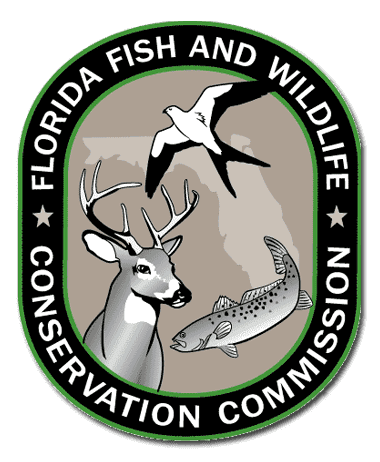Florida FWC Honors Wildlife and Sport Fish Restoration Programs’ 75th Anniversary Successes

The Florida Fish and Wildlife Conservation Commission (FWC) at its meeting Thursday, June 28, in Palm Beach Gardens adopted a resolution honoring the Wildlife and Sport Fish Restoration programs for the 75th anniversary of the conservation effort so successful that it has helped all kinds of wildlife and habitats in Florida and nationwide.
Florida has been particularly lucky in this regard.
“People cared so much about fish and wildlife resources that they came up with this system for contributing to conservation,” said Commissioner Brian Yablonski. “This doesn’t happen in modern times, and it is our obligation to honor and maintain the trust that hunters and anglers have put in state wildlife management.”
The FWC uses the money to fund various projects – from habitat and species restoration on land and underwater, to species research, species management, boater and hunter education, resource access (such as boat ramps) and land acquisition.
Specifically, the funds the FWC received enabled it to purchase most of the land for the:
- Fred C. Babcock/Cecil M. Webb Wildlife Management Area (WMA) in Charlotte County. Its 65,758 acres contain one of the last undeveloped expanses of wet pine flatwoods in southwest Florida.
- J.W. Corbett WMA in Palm Beach County. The FWC bought 56,400 of the WMA’s 61,366 acres with the funds. The land provides habitat for many types of wildlife besides deer, small game and feral hogs.
WSFR funds may be used to teach people how to be ethical anglers and hunters, repair waterway markers or stock a water body with fish.
The 1937 federal program, signed into law by President Franklin D. Roosevelt and operated by the U.S. Fish and Wildlife Service, is a sustainable partnership with customers of wildlife-related activities and related manufacturers, businesses and wildlife/environmental agencies and organizations. It is self-perpetuating because it keeps money flowing from one segment of society to another, forming a circle of protection around wildlife – a prized natural resource.
When people buy a license, tackle and all the equipment needed to hunt, fish or just watch and maybe photograph birds and other animals, they generate the funds that federal law requires be set aside for the preservation of wildlife. Marksmen, boaters and consumers of everything from binoculars to fuel contribute via user fees.
After people and businesses make these wildlife-related purchases, manufacturers and retailers pay excise taxes and custom duties on the supplies they sell to this diverse group of users.
Businesses benefit from sales to consumers interested in utilizing the natural resources protected by the federal program. Users benefit by having more resources to enjoy. Wildlife species benefit by having a productive habitat, plans in place to protect them and a chance to survive the challenges of habitat changes.
To celebrate the diamond anniversary of Wildlife and Sport Fish Restoration, the FWC throughout the year will recognize at clinics and boat shows some of the benefits reaped for wildlife and for those who love nature in Florida.
This year’s 75th anniversary celebration will culminate nationwide with National Hunting and Fishing Day in September.

